
Review. Diatom molecular research comes of age: Model species for studying phytoplankton biology and diversity (Plant Cell)
Diatoms are photosynthetic eukaryotes and contribute substantially to global carbon fixation. They are distantly related to green plants, having shared the same primary endosymbiotic event, although they subsequently underwent additional secondary endosymbioses. There are over 100,000 species of diatoms,…

High-frequency random DNA insertions upon co-delivery of CRISPR-Cas9 ribonucleoprotein and selectable marker plasmid in rice (Sci Reports)
Genome editing through CRISPR/Cas9 holds so much promise for plant breeders, including potentially the ability to overcome the public’s displeasure with conventional GMOs. Still, the gene-editing RNAs and enzymes must get into the plant cell in order to work. Banakar et al. have compared three methods…
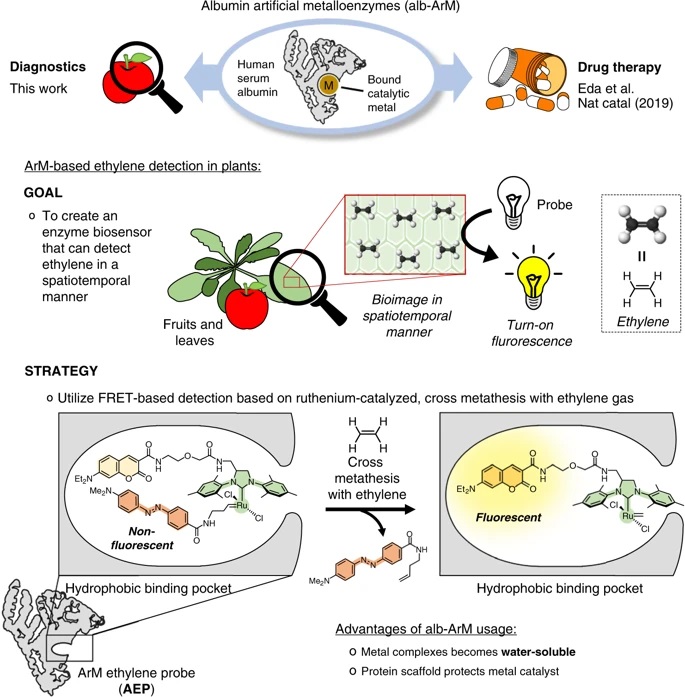
An artificial metalloenzyme biosensor can detect ethylene gas in fruits and Arabidopsis leaves (Nature Comms)
Biosensors have provided abundant information about the distribution of target enzymes, for example auxin, revealing much about their roles in plant physiology and development. Ethylene is a tiny (C2H4) gaseous hormone that hasn’t been very amenable to the development of biosensors. Here, Vong et al.…
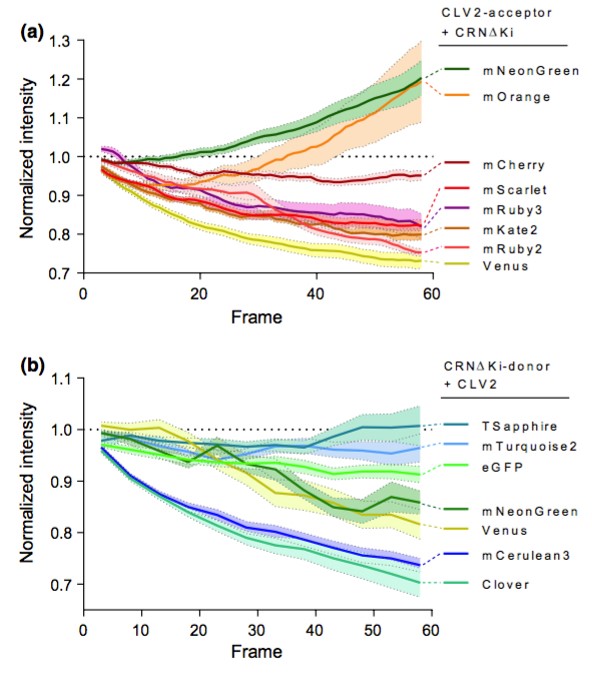
A practical guide for fluorophore selection for FRET experiments in plants (Plant Direct)
Protein-protein interactions modulate the activities of many proteins, i.e., the signaling specificity of Receptor-like kinases (RLK). Förster Resonance Energy Transfer (FRET) allows the study of the dynamics of protein-protein interactions in live plants; this technique is based on energy transfer…
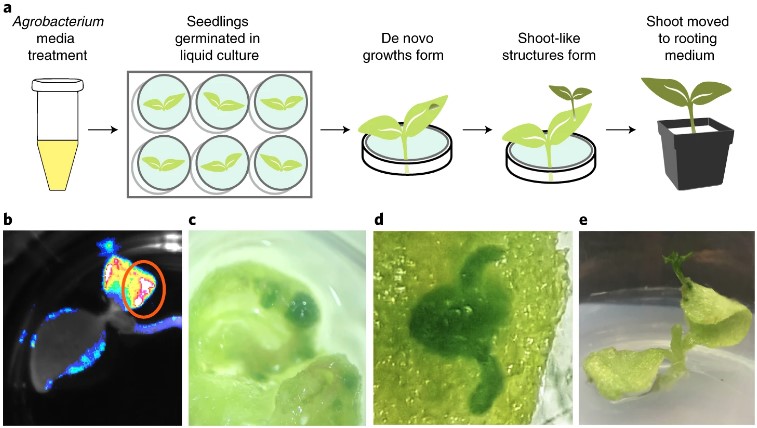
Plant gene editing through de novo induction of meristems ($) (Nature Biotechnol)
A fast method of gene editing using Agrobacterium was developed to deliver combinations of the developmental regulators including WUSCHEL and SHOOT MERISTEMLESS along with gene-editing reagents. The expression of specific developmental regulators led to the induction of meristems and expression of the…
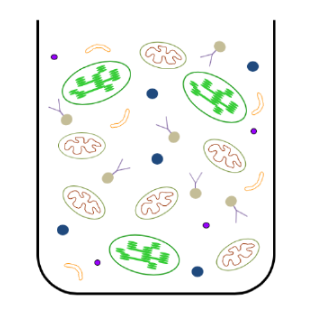
Rapid single-step affinity purification of HA-tagged plant mitochondria (Plant Physiol)
In the middle part of the 20th century, cell biology leapt forward with the development of differential centrifugation methods for purifying subcellular compartments. However, these methods require large amounts of starting material and can suffer from contamination. Kuhnert et al. present a new simple…

Antimicrobial solid media for screening non-sterile Arabidopsis thaliana seeds (bioRxiv)
Transgenic plant production often involves an agar-based selection step in which plants that have taken up the introduced DNA (containing a selectable marker) show resistance to a corresponding antibiotic. Typically, putatively transformed seeds are surface sterilized prior to plating so that microbes…
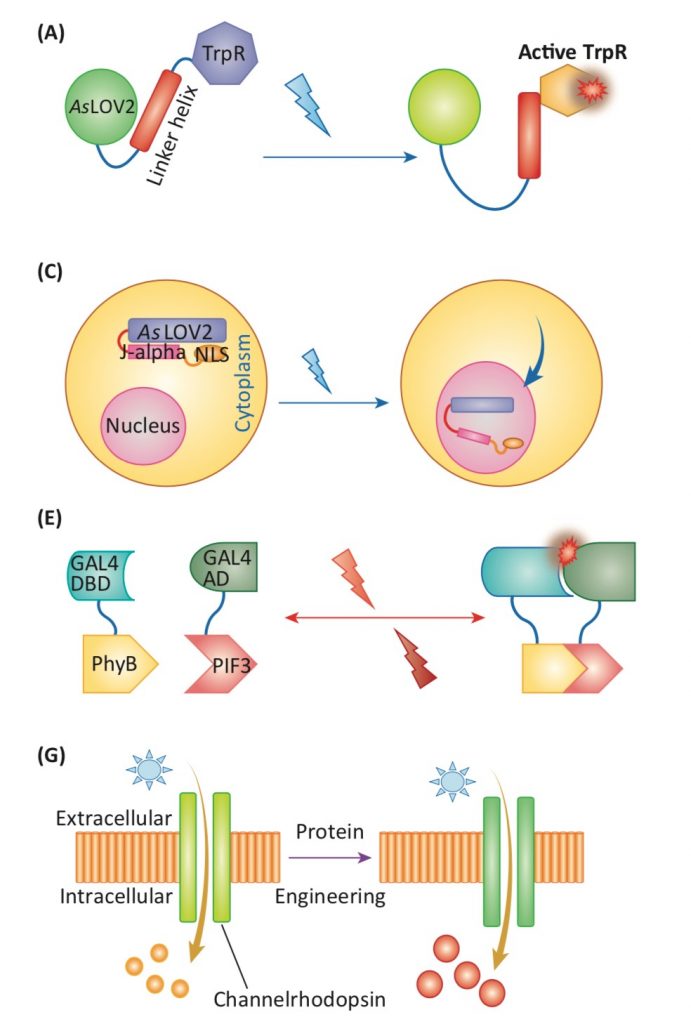
Review: Design and engineering of advanced plant optogenetics systems (TIPS)
Review: Design and engineering of advanced plant optogenetics systems
Optogenetics uses light-sensitive proteins to trigger specific outputs in the cell in response to particular wavelengths of light. Many optogenetic systems use chimeric proteins that contain different sensor and effector…
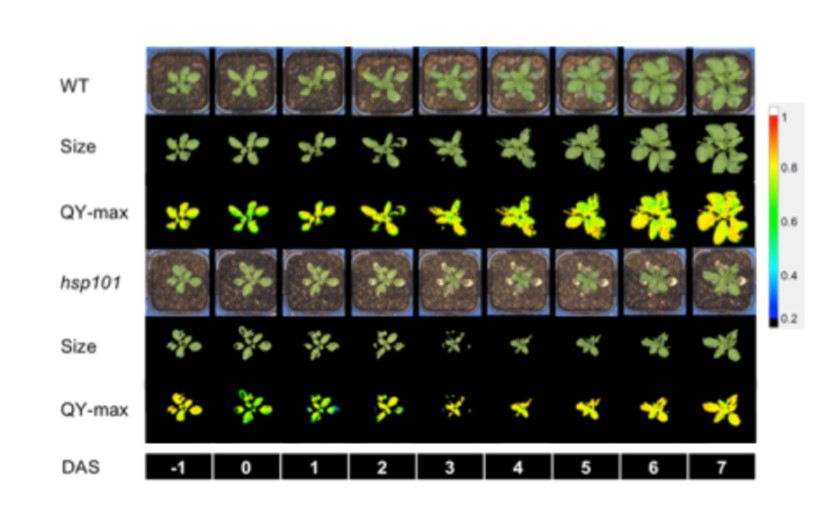
The use of high throughput phenotyping for assessment of heat stress-induced changes in Arabidopsis (bioRxiv)
With global temperatures rising, tolerance to heat is becoming increasingly important as a breeding target for crop plants, but it is a highly complex response that includes processes including plant cooling capacity, growth recovery, and maintenance of photosynthesis. Using Arabidopsis, Gao et al. developed…

